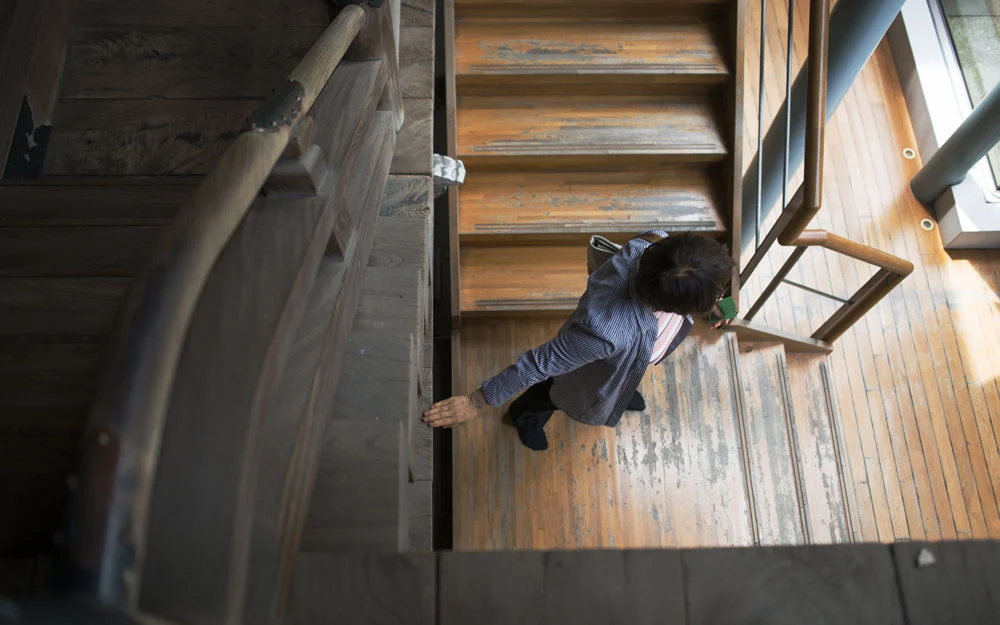Yuko Yoshikawa feared she could no longer help organize the popular sessions, known as radio exercises, when she began suffering from age-related macular degeneration (AMD), which causes progressive loss of vision in the elderly. The disease results in gradual blurring of the eye’s central vision, making it harder to read and recognize faces, and often triggering depression and feelings of isolation.
She gained information and support from other patients, and is now working with them to spread the word through a group called AMD Tomonokai, which means “friends” in Japanese. Ms. Yoshikawa, now 65, was encouraged to maintain her involvement with the exercise classes, though she now wears dark glasses to protect her eyes against bright sunlight.

Through its newsletters, meetings and website, the group shares AMD patients’ experiences and advises them on a range of practical matters, such as how to get the most out of medical consultations, find the best form of therapy, and manage the costs of healthcare. It also offers practical tips, like using a smartphone to read bus timetables by photographing the small print and enlarging it on the screen. Above all, the group stresses the importance of social interaction and maintaining normal activities for as much as possible to counteract the psychological effects of the disease.

About 170 million people are affected
The challenges associated with AMD will likely grow as the world’s population ages. In Japan, which has the oldest average population of any country in the world, an estimated 700 000 people suffer from the disease. Worldwide, about 170 million people are affected, and this number is expected to increase to nearly 200 million by 2020.
Members of AMD Tomonokai find different ways to cope with the disease. Despite her deteriorating vision, Hiroko Ayabe, a 71-year-old retired teacher, continues to play an active role in family life by looking after her grandchildren every day until her daughter and son-in-law get home from work.
The group’s founder and head, Hideo Takahashi, sets a good example by cycling to a small inner-city farm where he and his wife, Chizuko, tend the vegetables they grow – his eyes also protected by dark glasses. Mr. Takahashi, now 68 years old, discovered he had AMD seven years ago and experienced the same uncertainty and isolation as many other patients. However, after a lifetime in the pharmaceutical industry, he was more familiar with the world of healthcare and determined to put his knowledge to good use.

